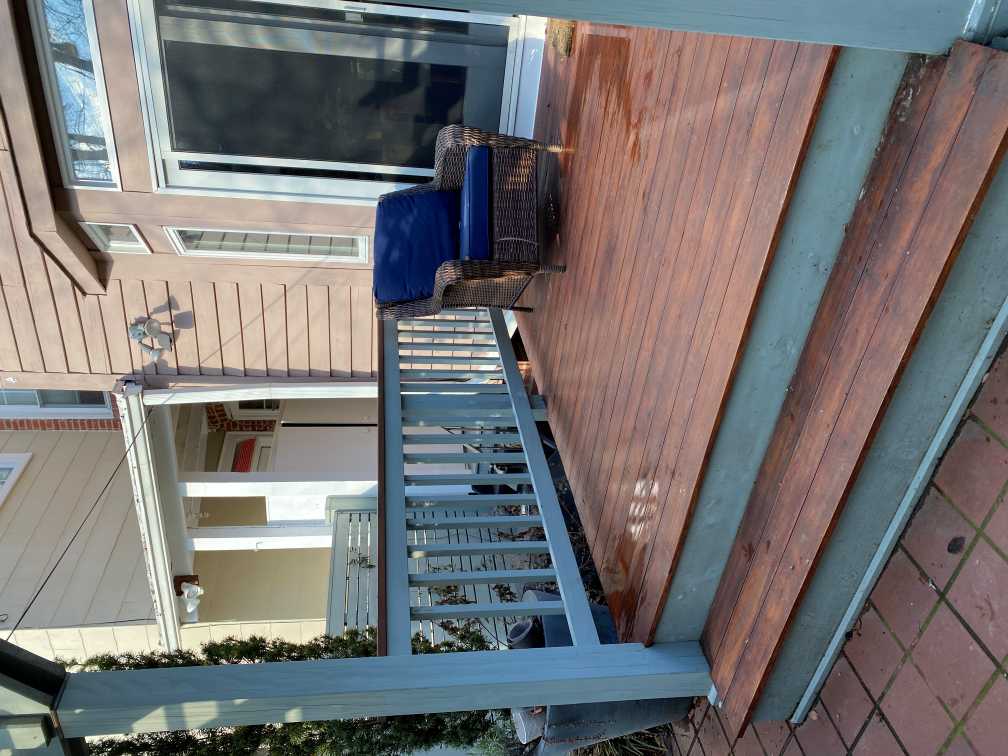A Wood Comparison Guide for Outdoor Structures

A Short Guide to Wood Products That Perform Outdoors
When you are planning to build a deck, gazebo, fence or any outdoor structure using wood, your material plays a major role in both the appearance and longevity of the structure. Different woods behave differently outdoors — and the right choice depends on your climate, aesthetic goals, maintenance expectations, budget, and increasingly, your values around sustainability.
At FineHouse, we believe in using materials that not only look beautiful and perform well, but that also align with principles of responsible sourcing and long-term environmental stewardship. Here’s a breakdown of the most common — and most effective — woods used in exterior architectural structures.
Cedar
A classic choice with a warm tone and natural insect resistance.
-
Why people choose it: Cedar is lightweight, easy to work with, and naturally resistant to rot and pests. Its straight grain and reddish color give it broad appeal.
-
Sustainability note: Cedar is a renewable resource, but its environmental impact varies based on how and where it’s harvested. Look for FSC-certified or sustainably harvested sources.
-
Best for: Projects with moderate weather exposure. Requires more regular maintenance if you want to preserve the original tone. Cedar has become increasingly expensive, and hard to source.
To learn more about Western Red Cedar, go to the Western Red Cedar Lumber Association's website Real Cedar
Tropical Hardwoods
Ipe, Mahogany, Sapele, and others tropical hardwoods known for their extreme durability and beauty.
-
Why people choose them: Tropical hardwoods are extremely dense and long-lasting. Their natural oils and hardness make them resistant to rot, insects, and wear.
-
Sustainability note: Due to deforestation risks, it’s crucial to source tropical hardwoods through certified sustainable forestry operations. Ask for FSC or similar verification.
-
Best for: High-end projects, poolside structures, or designs where natural richness and longevity are key — and where sustainably sourced materials are guaranteed.
Accoya®
A performance wood engineered to outlast most natural options.
-
Why people choose it: Accoya is created through a non-toxic modification process (acetylation) that enhances stability, durability, and resistance to rot and pests — all without compromising the beauty of real wood.
-
Sustainability note: Accoya is made from fast-growing, sustainably harvested radiata pine and is Cradle to Cradle Gold certified. It’s also 100% recyclable at end-of-life, making it one of the most environmentally responsible wood options available.
-
Best for: Projects where dimensional stability, minimal upkeep, and long-term performance are priorities — especially in harsh or humid climates.
Accoya Decking
To learn more about Accoya, go to the manufacturer's website www.accoya.com
Pressure-Treated Pine
The most affordable, and common wood used in outdoor construction today.
-
Why people choose it: It’s accessible and inexpensive, and its chemical treatment helps resist rot and insects.
-
Sustainability note: While made from renewable wood, the chemical treatments used in pressure-treated pine can make disposal more complicated and may pose environmental risks during installation.
-
Best for: Structural systems such as the support structure for a deck, fences, and pergolas that are exposed to the weather year round.
Note: Consider using the more expensive KDAT (Kiln Dried After Treatment) variety of pressure treated lumber for projects where the cosmetics are important, as it is much less prone to warping, cracking, checking. KDAT can also be painted or stained right away.
How to Choose the Right Wood for Your Project
Ask yourself:
-
What’s your climate? (Coastal? High humidity? Freeze-thaw cycles?)
-
What kind of finish do you want? (Natural, painted, weathered gray?)
-
How much maintenance are you prepared for? (Typically less expensive = more maintenance)
-
What’s your expected lifespan for the structure? (The more exposed to the weather, the shorter the lifespan, ie a pergola or fence will not last as long as a pavilion with a metal roof)
-
Does the wood fit with your design goals? (For example; Ipe is beautiful and durable as decking, but not well suited for trim, or glueing and laminating)
-
Do the material choices align with your sustainability values? (The beauty of Mahogany is undeniable, but it's environmental concerns are cause for concern)
Even small differences in wood species can have a big impact over time — in both performance and environmental footprint.
There’s no one-size-fits-all material when it comes to building outdoors. But by understanding how each wood behaves in real-world conditions — and how responsibly it’s sourced — you can make a decision that supports both the function and longevity of your pergola, pavilion, gazebo, or any outdoor structure, while keeping sustainability in focus.
As more homeowners and professionals aim to design with environmental awareness, it’s worth choosing materials that perform beautifully without compromising long-term values. Whether you're designing for resilience, beauty, or a lighter footprint, FineHouse can help guide you toward the right solution.

